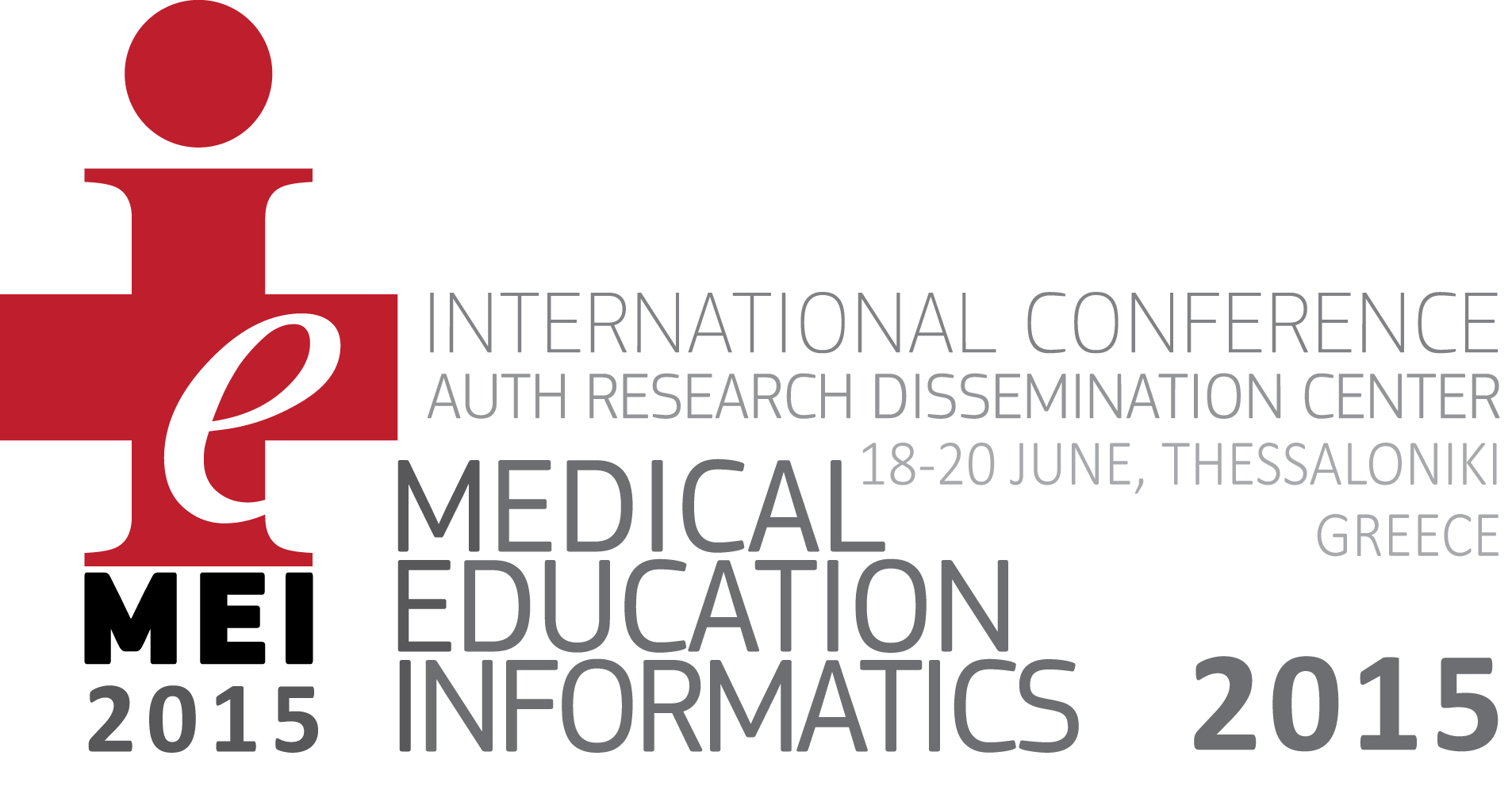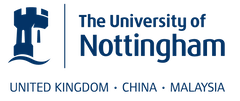Abstract:
The term "social innovation" is relatively new, especially when one considers it in the context of health education, but the concept itself is not. There are many examples of social innovation throughout history, but recently it has been defined as those "new ideas (products, services and models) that simultaneously meet social needs (more effectively than alternatives) and create new social relationships or collaborations" [1]. In wikipedia the term refers to "new strategies, concepts, ideas and organizations that meet the social needs of different elements which can be from working conditions and education to community development and health — they extend and strengthen civil society" [2]. All these solutions should be both social in a double way, who they provide benefit to (the end user) and in their means of doing so. The latter contains the notion of social processes of innovation, such as "open source methods and techniques", but it inherently supposes a social purpose in innovation, like for example distance learning. For the European Commission, solutions can take the form of genuine innovations or of improved solutions [3] and can be fostered in different ways from networking and competition to finance and incubation.
In this presentation emphasis is first drawn on how these new concepts might be introduced to medical students in the undergraduate curriculum through a course on "Entrepreneurship and Innovation". Then, focus is shifted to how we design a continuing education program that will be blended by results of innovation, that is how results and products from funded research projects are fueling blended learning, so that they can facilitate education for all the society and assist not only job hunting per se (highlighting examples of social entrepreneurship and social enterprises), but also aim at improving the quality of life of the society as they have become popular rallying points for those trying to improve the world [4].
References
1. Mulgan G, Simon J (Calulier-Grice) and Murray R, Open Book of Social Innovation, The Young Foundation, March 2010
2. http://en.wikipedia.org/wiki/Social_innovation
3. European Commission, Enterprise and industry, http://ec.europa.eu/enterprise/policies/innovation/policy/social-innovation/index_en.htm
4. Phills Jr. JA, Deiglmeier K, Miller DT, Rediscovering Social Innovation, Stanford Social Innovation Review, Fall 2008, http://www.ssireview.org/articles/entry/rediscovering_social_innovation/














